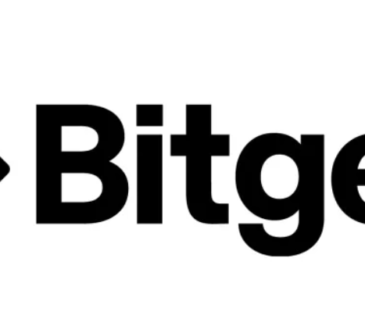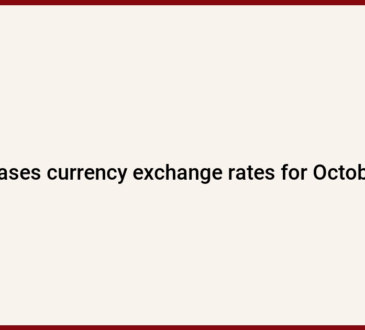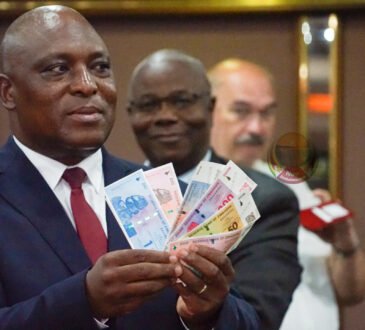What’s going on here?
Hungary’s forint strengthened after better-than-expected July inflation figures, boosting regional currencies.
What does this mean?
Central European currencies, especially the Hungarian forint, gained after Hungary’s surprising July inflation data was published this week. The forint rose by 0.23% against the euro, continuing its upward trend from the previous session post-CPI release. Hungary’s annual headline inflation hit 4.1% in July, with core inflation at 4.7%. Brokerage firm Equilor highlighted that lower expectations for rate cuts bolstered the forint. Meanwhile, ING analysts mentioned that although at least three rate cuts were previously priced in, the latest inflation figures suggest only two more cuts might happen this year. Recently, the National Bank of Hungary had already reduced borrowing costs by 25 basis points to 6.75%.
Why should I care?
For markets: Eastern Europe’s currencies catch a break.
Stronger-than-expected inflation data from Hungary boosted the region’s currencies against the euro. The Hungarian forint increased by 0.23%, the Czech crown rose by 0.22%, while the Polish zloty remained stable. This inflation surprise led to a reevaluation of monetary policy expectations, positively impacting investor sentiment.
The bigger picture: Economic health indicators.
The region’s stock markets also saw gains; Budapest’s Index rose by 0.25%, and Prague’s Index closed up by 0.46%. However, Bucharest’s Index dipped slightly by 0.06%. As central Europe navigates inflation and interest rates, these movements suggest broader economic stability and potential growth, influencing future investment and economic policies.





